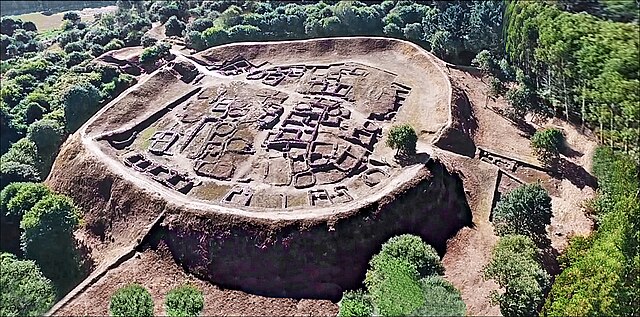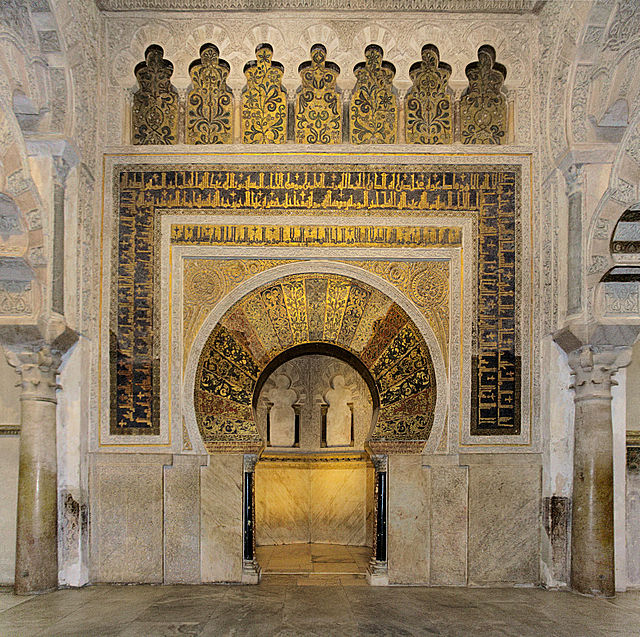Spanish architecture refers to architecture in any area of what is now Spain, and by Spanish architects worldwide. The term includes buildings which were constructed within the current borders of Spain prior to its existence as a nation, when the land was called Iberia, Hispania, or was divided between several Christian and Muslim kingdoms. Spanish architecture demonstrates great historical and geographical diversity, depending on the historical period. It developed along similar lines as other architectural styles around the Mediterranean and from Central and Northern Europe, although some Spanish constructions are unique.
Royal Palace of Madrid
Plaza de España, Seville
Naveta d'Es Tudons, in Menorca
Celtic settlements in Galicia: Castro de Viladonga
Spain, or the Kingdom of Spain, is a country located in Southwestern Europe, with parts of its territory in the Atlantic Ocean, the Mediterranean Sea and Africa. It is the largest country in Southern Europe and the fourth-most populous European Union member state. Spanning across the majority of the Iberian Peninsula, its territory also includes the Canary Islands in the Atlantic Ocean, the Balearic Islands in the Mediterranean Sea, and the autonomous cities of Ceuta and Melilla in Africa. Peninsular Spain is bordered to the north by France, Andorra, and the Bay of Biscay; to the east and south by the Mediterranean Sea and Gibraltar; and to the west by Portugal and the Atlantic Ocean. Spain's capital and largest city is Madrid, and other major urban areas include Barcelona, Valencia, Zaragoza, Seville, Málaga, Murcia, Palma de Mallorca, Las Palmas de Gran Canaria, and Bilbao.
Celtic castro in Galicia
The Roman Theatre in Mérida
Votive crown of Reccesuinth from the Treasure of Guarrazar
The Mihrab in the Mosque of Cordoba








